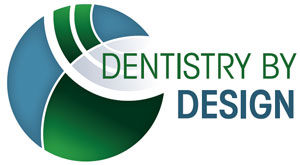
Sealants protect teeth from tooth decay by adding a protective layer to keep out plaque. Ask our team at Dentistry by Design how this wonderful technology can, quickly and easily, help you and your children fight cavities.
What are sealants?
The chewing teeth toward the back of the mouth, the molars and pre-molars, have pits and fissures that can be difficult to clean. If plaque is not properly removed, it results tooth decay. Sealants are a layer of composite plastic that Dr. Bret Gilsdorf can apply to your teeth to fill these pits and fissures to keep out the plaque. It’s like a suit of armor for your teeth! While often used for children, they are also beneficial for any adults who are struggling with tooth decay.
Are sealants for me?
Sealants are most often used on children’s molars and pre-molars, soon after they get their permanent teeth. But there is no reason that they cannot be used on adults, and they often are. Any child or adult who is struggling with tooth decay, especially in the back, chewing teeth, can benefit from sealants. Ask Dr. Gilsdorf about sealants for yourself and your family.
What can I expect from the sealant procedure?
The procedure for placing sealants is very similar to the procedure for bonding or composite veneers. The appointment will start with a thorough exam and a professional cleaning. Dr. Gilsdorf will use an etching solution that prepares the surface of the tooth to bond tightly with the sealant. The sealant is a composite resin material, a kind of plastic, that he will literally paint on the surface of the tooth. A special light will be used to instantly harden the sealant. Dr. Gilsdorf will then check your bite, and make adjustments if the sealant is too thick. The hardened and firmly attached sealant is immediately ready for biting and chewing as normal.
What can I expect once I have sealants?
Sealants are considered permanent restorations, but that doesn’t mean that they will last forever. They can, however, last up to five years or longer. If part or all of the sealant wears off of the tooth, there is no cause for concern. Not only is the material non-toxic, but the sealant can easily be repaired or replaced with the same procedure used to originally place it. Get to our office as soon as possible.

